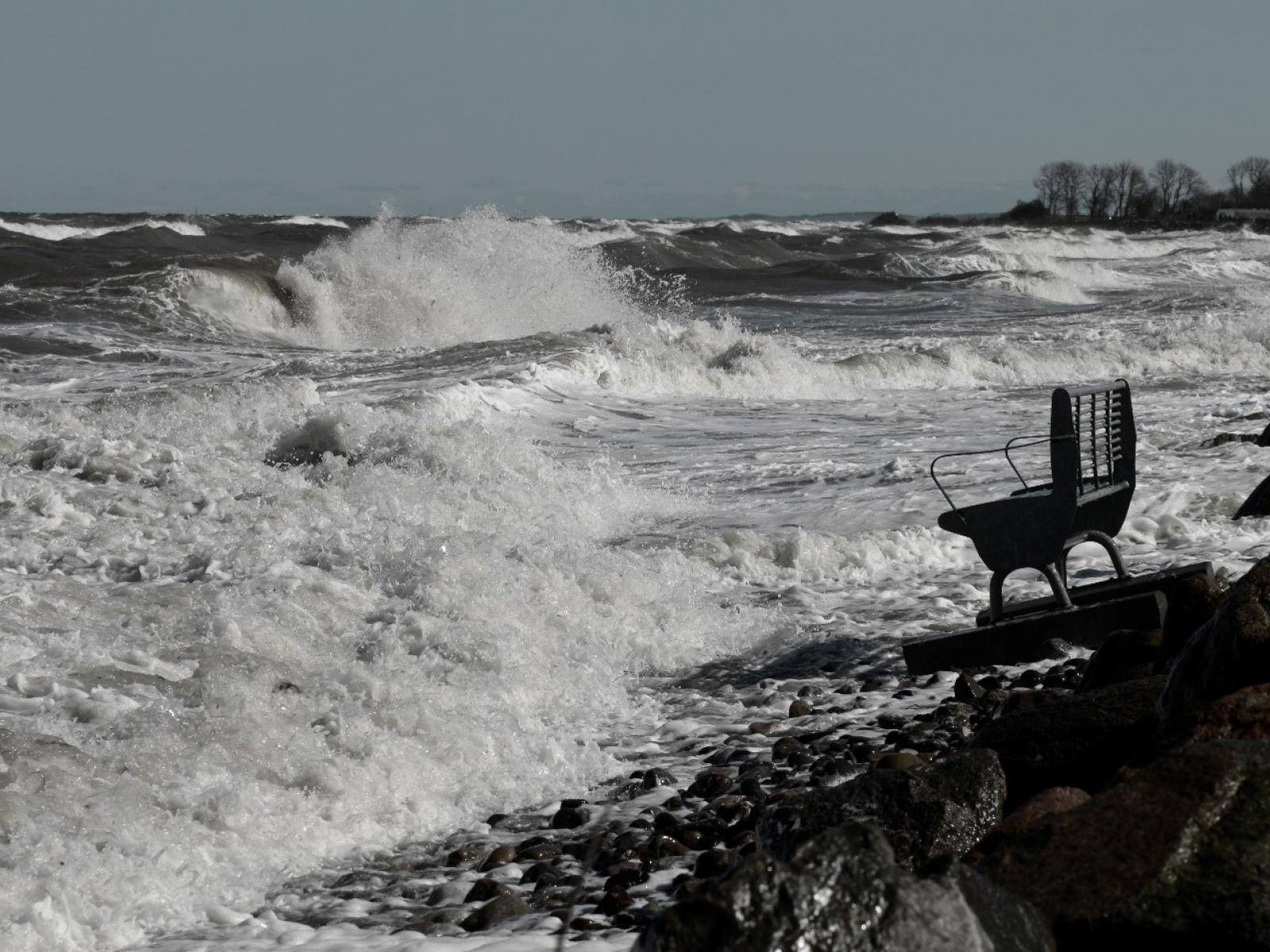Global Warming Increases the Frequency of Extreme Sea Levels
Coastlines around the world will experience an increase in the frequency of extreme sea level events at a range of global warming levels

Most of the coastlines analyzed in a new study are potentially vulnerable to an increased frequency of extreme sea level events, even at very low global warming levels.
The Science
Extreme sea levels (ESLs) will become more frequent in the future as global warming induces increases in mean sea level. A new study characterizes these changes for different levels of global warming, including 1.5 °C, 2 °C, …, and up to 5 °C of warming relative to pre-industrial levels (the world is currently at 1 °C). This work gives a global picture of how these changes will unfold by combining multiple data sources and methodologies to provide a robust understanding of the potential ESL outcomes and their uncertainties.
The Impact
Researchers identified the warming levels that would trigger a 100-fold increase in rare ESLs, together with the timing of the increases in frequency, for a global set of locations covering the world’s ice-free coastline. The estimates show that most of the studied coastlines are potentially vulnerable to an increased frequency of extreme events, even at very low global warming levels (1.5 °C or 2 °C). Specific local exposures and vulnerabilities need further high-resolution modeling, but the provided global perspective raises awareness and helps pinpoint “hot spots” that would benefit from further in-depth consideration.
Summary
Three different estimates of current ESLs and two projections of sea level rise at a range of warming levels were combined, producing multiple answers to the question of how extremes will change in the future based on the specific method used. A novel “voting system” that treated the individual answers as expert judgments was designed to summarize the results. Most locations see a 100-fold increase in extreme sea level frequency even at very low global warming levels of 1.5 °C or 2 °C. Location in the low latitudes appear more vulnerable to warming-driven changes than high latitude locations. The results identify hot spots with large increases in ESL events around the world and highlight areas where higher resolution modeling is needed, including the Atlantic coast of the U.S.
PNNL Contact
Claudia Tebaldi, Pacific Northwest National Laboratory, Claudia.Tebaldi@pnnl.gov
Funding
DOE ICoM Program. EPA-DOE Interagency Agreement DW-089-92459801
Published: September 21, 2021
Tebaldi C. et al., “Extreme Sea Levels at Different Warming Levels.” Nature Climate Change, (2021). [DOI: 10.1038/s41558-021-01127-1]